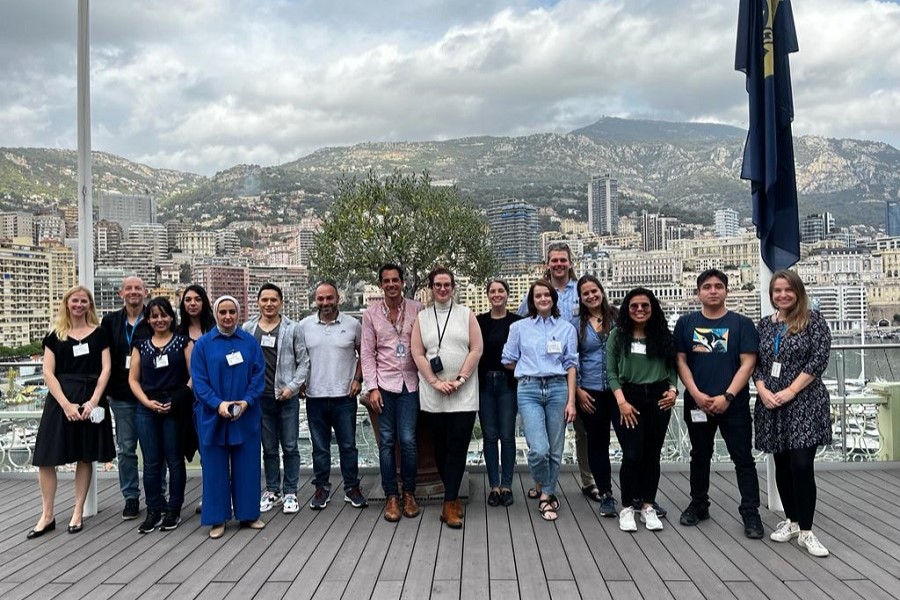Bright minds from around the world travelled to Monaco’s International Atomic Energy Agency (IAEA) for a unique ocean acidification training course.
In late October, 10 “early-career” scientists from Argentina, Chile, China, Cuba, Iceland, Italy, Latvia, Peru, Portugal and Qatar gathered in Monaco at the Marine Environment Laboratories of the IAEA for an intensive two-week ocean acidification training course.
Organised by the IAEA’s Ocean Acidification International Coordination Centre in partnership with the Prince Albert II of Monaco Foundation (FPA2), the course also integrated the Institut de la Mer de Villefranche-sur-Mer (Imev) into its programme.
“After lectures on key theoretical concepts on how to design multi-stressor experiments, the students had the opportunity to go to the Imev laboratories in Villefranche-sur-Mer for training on lab and field sampling techniques in the bay of Villefranche, and lectures on the software R, used to calculate carbonate chemistry in the ocean,” explained a spokesperson from the FPA2.
“Learning by doing”
Course leader Dr Sam Dupont, of the IAEA and the University of Gothenburg, said, “Previous courses have mostly focused on one single stressor – ocean acidification – but ocean acidification is not happening in isolation of other environmental threats such as ocean warming, pollution and deoxygenation. Understanding the combined effect of multiple stressors is not easy and this course was designed to equip the students with skills required to design a strategy to address this question. Learning by doing is always the best approach and the students could experience first-hand the strengths and limitations of different approaches through the joint experiment. We also encouraged students to think about their local contexts to plan the most relevant research on ocean acidification in their country or region, and gave them practical tools to plan the most pertinent experiments”.
Following the successful course, the goal is to now adapt part of the course content to offer online learning material for a broader audience.
Photo source: FPA2
